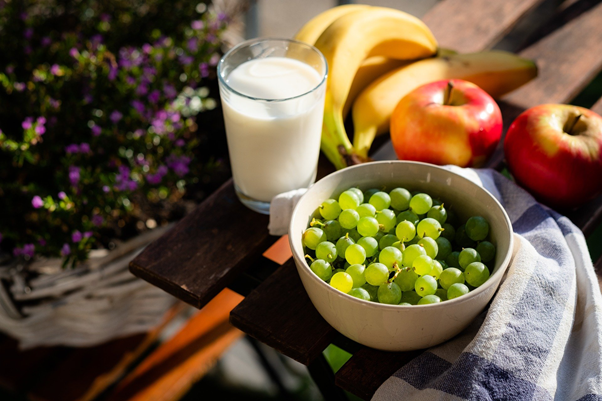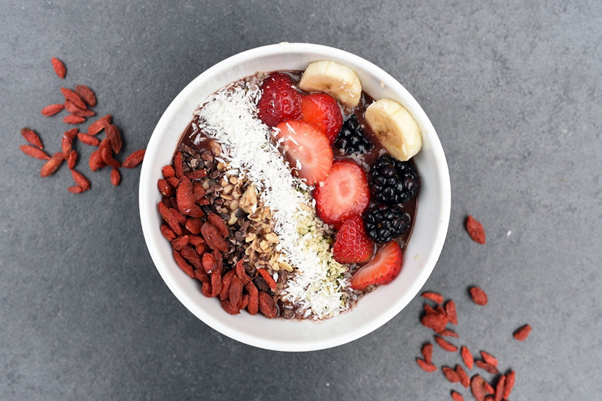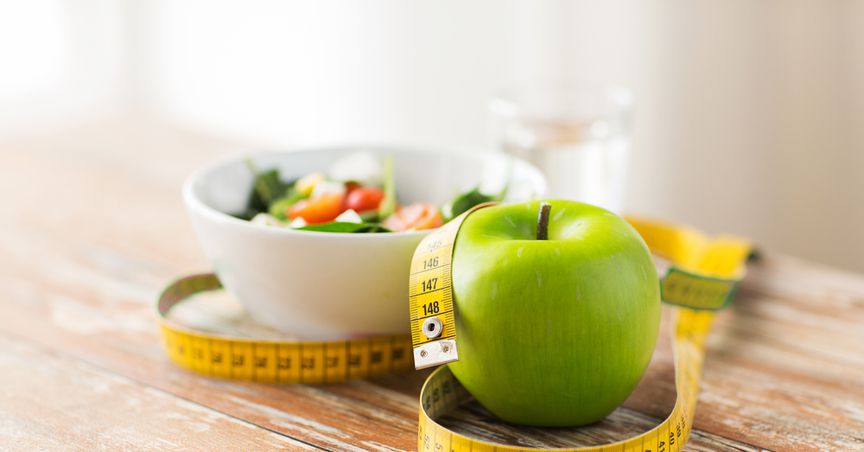Summary
- Experts believe such a diet combined with better lifestyle choices could help reduce illnesses like heart disease and boost overall health.
- To become a flexitarian, you will need to add at least five new food groups to your diet like pulses, fruits, vegetables, and dairy-based products.
- Based on your weight, physical activity, and schedule, decide on an appropriate calorie intake.
The word flexitarian comes from the words flexible and vegetarian. It means having a flexible approach to your diet that combines both vegetarian and non-vegetarian food. Simply put, be vegetarian most of the time but also eat meat once in a while. That way, you will get all the vital minerals and vitamins from the rich plant-based diet and occasionally essential protein and unsaturated animal fat from dairy and livestock products.
The benefits of a vegetarian diet are well-documented. Experts believe such a diet combined with better lifestyle choices could help reduce various ailments like cancer and heart diseases and boost overall health. But, conversely, a non-vegetarian diet can supply you with crucial protein and fat supplements, which are the building blocks of life. No wonder then why flexitarian is catching up!
Chicago-based dietician Dawn Jackson Blatner had first coined the term Flexitarian in her book titled, “The Flexitarian Diet: The Mostly Vegetarian Way to Lose Weight, Be Healthier, Prevent Disease and Add Years to Your Life”, published in 2009. In 2018, American media company US News and World Report had ranked flexitarian second on its list of best diets out of 39 foods.
Also Read: How covid is changing our fitness habits

Source: Pixabay.
Also Read: Which are the world’s happiest countries?
How to follow a flexitarian food regime?
To become a flexitarian, you will need to add at least five new food groups to your diet. But, more importantly, there you don not have to worry about their quantity. For example, the diet could include plant-based protein sources like pulses, fruits, vegetables, sugar, spices, and dairy-based products.
Try to consume at least 1500 calories a day. You can design it for breakfast 300 calories, lunch and dinner 300-400 calories, and refreshments 150 calories twice a day. Based on your weight, physical activity, and schedule, you can decide on a suitable calorie intake.
Blatner stresses beginners can have 6-8 meatless meals out of 21 meals a week. Restrict meat consumption to 26 ounces a week. Follow the plan for five weeks. In the next phase or the advanced phase, you can have 9-14 meatless meals out of 21. And when you reach to expert level next, you make sure to have more than 15 meatless meals, adds Ms Blatners.

Source: Pixabay.
Also Read: Why regular physical activity is critical to your mental health
Other benefits of a flexitarian diet?
A flexitarian diet can significantly reduce the chances of type-2 diabetes, according to a study titled “Diets and the Risk of Diabetes”, authored by Melissa D. Offerts and Rachel A. Wattick, published in the American College of Nutrition Journal in 2018.
In addition, it helps reduce weight and lowers the risk of lifestyle diseases like hypertension, blood pressure, etc. Thus, a flexitarian diet can help us live longer and healthy. Moreover, due to the increased fibre base in the diet, it gives a sense of fullness and improves digestion.
A flexitarian diet can also benefit the environment. Recent studies show that agriculture, including livestock farming, is the third major greenhouse gas emitter after oil and gas and transport sectors. Hence, the less you consume livestock products, the lesser you cause carbon footprints.
It can help save money as well. Meat is expensive compared to plant-based food. There is also no health risks in a flexitarian diet. The only thing is you will need to follow a basic 30-minute workout plan daily for five days a week along with the diet.



